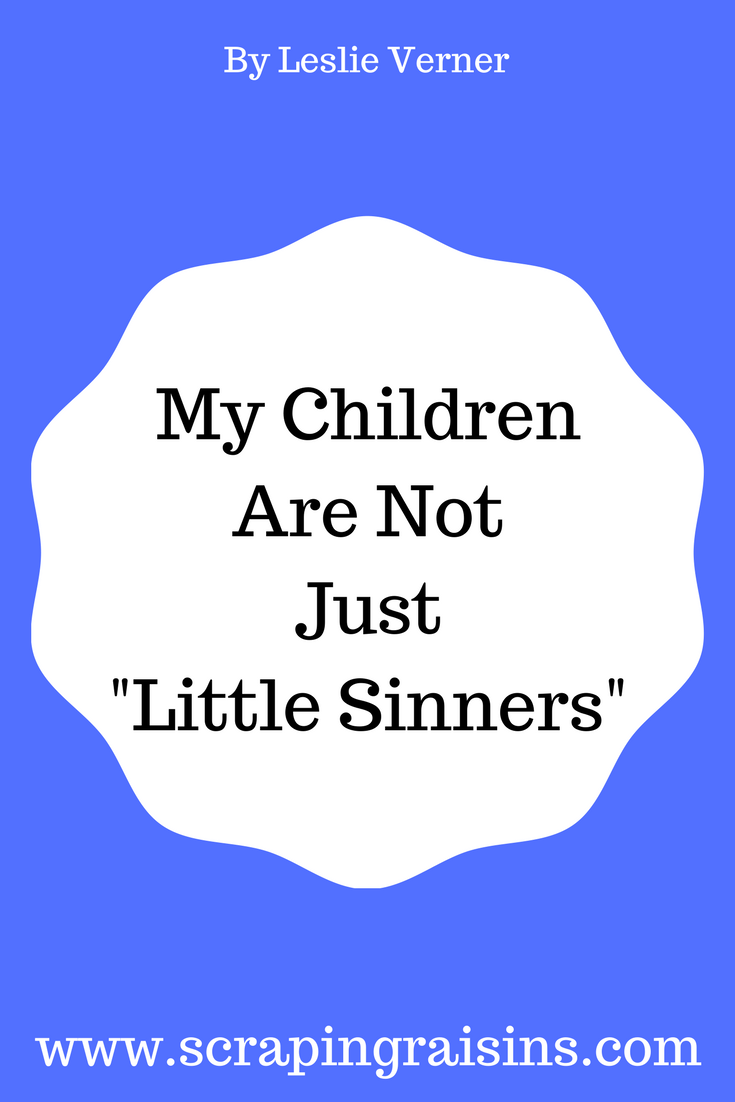
I want to raise a strong daughter. Of course, the word “strong” means different things to different people. Here’s what it means to me.
I’ll start with my daughter and the strength I already see in her.
She bolted ahead of us on the trail yesterday and picked up a white, round stone, her pigtails capturing flecks of the falling sun as she hoisted the rock into the river. At three years old, my daughter knows her own mind. She feels no shame and would gladly spend her life as a nudist if we let her.
She exudes confidence, curiosity, playfulness, humor, and bravery.
She stretched out her tiny hand at the museum last week and held a blond tarantula, earning a green sticker that said, “I held Rosie.”
Moving over to the next museum worker, she stroked the shiny, ridged back of a two-inch cockroach. Chills ran down my spine. I abhor cockroaches. It took everything in me not to shout and yank her hand away. Calm, and not realizing she just did something most adults wouldn’t be willing to do, she touched two of the most feared creatures without a thought.
I dread the day my daughter dresses in the clothes of shame, fear and self-doubt so many of us wear each day. When she’s embarrassed to be naked, aware of what others think of her and terrified to try new things.
“Are they yucky?” she asked me, pointing at a terrarium of black scorpions.
“Do you think they’re yucky?” I asked.
She looks to me to define the yucky things in life for her. When you’re three, people, places and things can be easily categorized as “yucky” and “not yucky,” as “good” and “bad.” There are good guys and bad guys and very little in between. But just because I dislike certain bugs, foods or activities, I want to be careful not to influence my daughter to have the same likes and dislikes as me. I want her to be herself, not just a clone of her mother.
We moms are our daughter’s first teachers. A good teacher provides the means for students to learn at their own rate, in their own way and through their own experiences.
We moms are the curators of experiences for our daughters, gathering artifacts and inviting our girls to touch, taste, see, hear, and search for glimpses of God in the museum of life.
As I perch at the beginning of this journey as a mom to a little girl, what does it mean to raise her to become a strong woman? What wishes morph into prayers as I watch her toss stones into rivers and cradle deadly spiders?
Perhaps they’re the same prayers you have for your daughter?
To me, each of these prayers is a plea to see strength birthed in her:
I pray she knows she’s adored by God and by her parents.
I pray she is radiant, full of light and life.
I pray she weeps with compassion, bends to the ground in humility and allows others to march first in her life parade at times, though she is strong enough to lead on her own.
I pray she asks questions, listens to answers, bucks social norms, embraces a holy curiosity and has reverence for diverse people, rugged nature and God-sightings in the ordinary.
I pray she knows her gifts and how to use them.
I pray she tastes, sees, touches and hears heaven on Earth.
I pray she learns early on how to say “no,” but has the courage to say “yes” when the time is right.
I pray she falls in love with Jesus. The real-deal Love, not just the cultural Christian variety.
I pray she intuits a need and meets it if she can.
I pray she laughs often and chooses humor over negativity and critical words.
I pray she holds few regrets in a long life.
I pray her life experiences–the suffering, celebrating, successes and failures–cultivate patience, peace, and wisdom.
I pray she is not afraid to love wildly and be wildly loved.
Sure, I hope she enjoys what I like–reading, sleeping to the sound of cicadas in summer evenings, dramatic thunderstorms, running her hand from mane to rump on a horse, trying exotic foods, and collecting fascinating friends, but I also need to give her space to try on different personalities to find out who she is meant to be apart from me.
To have a strong daughter, I need to be strong enough to keep quiet at times and let her live into that woman. My prayers spoken over her as she sleeps with her small arm tossed over her stuffed dog culminate in a simple sentence–that she knows who she is and who she’s not.
This is what I mean when I say I want to raise a strong daughter.
What we want for our daughters is ultimately what we want for ourselves.
To be cherished.
To be respected.
To be safe.
To make a difference.
To be strong.
***
What about you? What is your prayer for your daughter? Who do you hope she will become? What is your role in her journey?
***
Join me this month as we explore this theme of raising strong girls. I have way too many ideas and not enough time, but my goal is to post on Mondays, Wednesdays and Fridays this month. Shoot me an email at scrapingraisins (dot) gmail (dot) com if you’d like to guest post on this topic.
As it’s sex trafficking awareness month, I’ll also be sharing some resources on that topic. Sign up for my mid-month digest and end-of-month secret newsletter to stay updated on all the posts as well as to get links to interesting books, podcasts, recipes and articles I’ve come across this month.














